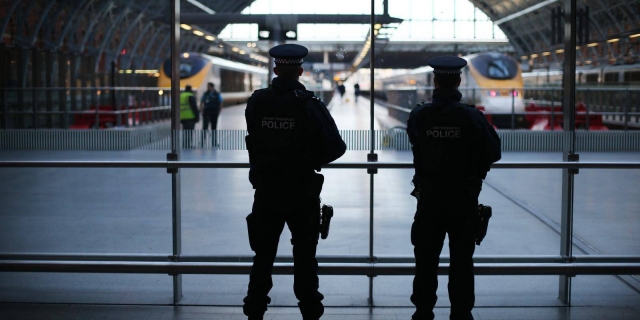The sinister shadow of international terrorism looms large over the 21st century, with figures like Osama bin Laden epitomizing the terror that has struck at the heart of nations, most notably the United States. Bin Laden's legacy, marred by acts of terror and unconfirmed allegations of assassination plots against U.S. Presidents, underscores a dark era that began well before the infamous attacks of September 11, 2001.
The world knows bin Laden chiefly for his role in the tragic events of 9/11, where he masterminded the hijacking of airplanes that devastated the World Trade Center and the Pentagon, and led to a crash in Pennsylvania. This was the culmination of his longstanding animosity towards the United States, a sentiment that had been festering since the early 1990s.
A notable episode in this grim history revolves around an alleged assassination attempt on President William Jefferson Clinton. In 1995, during the Asia-Pacific Economic Conference in Manila, Philippines, an alarming threat surfaced. Intelligence reports indicated a potential plot to destroy a bridge over which President Clinton's motorcade was to pass. This plot, linked to bin Laden, who was then in Afghanistan, was thankfully averted, but it left a haunting mark on the security of world leaders.
This information, initially revealed in Ken Gormley's book, "The Death of American Virtue: Clinton vs. Starr," suggested a close brush with catastrophe. While official confirmation of this plot remains elusive, its mention in credible sources like the Los Angeles Times adds weight to its possibility.
Another chilling episode emerged in connection with the 9/11 attacks. On September 10, 2001, President George W. Bush, along with his brother, Jeb Bush, then Governor of Florida, stayed at the Colony Beach and Tennis Resort in Longboat Key, Florida. Reportedly, a group of Middle Eastern individuals sought a meeting with President Bush under suspicious circumstances. Although later investigations cast doubt on this incident, it raised significant concerns about the security of U.S. Presidents.
The ongoing influence of Osama bin Laden, despite his demise in 2011, remains a critical aspect of understanding global terrorism and its impact on security. Bin Laden's role in founding al-Qaeda and orchestrating the 9/11 attacks not only branded him as an emblem of extremism but also sparked a wave of radicalization that continues to influence individuals and splinter groups worldwide.
This legacy presents a persistent threat to global peace and individual safety. The focus on asymmetrical warfare and targeting of soft spots implies that terrorism can strike unexpectedly, necessitating heightened security measures in both public and private spaces.
The rumored assassination attempts on Presidents Clinton and George W. Bush, regardless of their authenticity, underscore the audacity of extremists and the vulnerability of high-profile leaders. These incidents highlight the importance of robust security protocols to safeguard political figures, thereby influencing the stability of societies.
Bin Laden's impact has also led to significant changes in counterterrorism strategies and international relations. The aftermath of the 9/11 attacks transformed security measures globally, affecting everything from travel to cyber security. These changes, while sometimes seen as intrusive, are integral to maintaining safety in a world where threats are ever-present.
In this complex landscape, individual roles in combating terrorism are crucial. Vigilance, reporting suspicious activities, and engaging in community efforts against extremism are vital contributions to a safer society. Understanding the pervasive effects of bin Laden's actions helps in appreciating the collective responsibility in this ongoing battle.
While the narratives surrounding the alleged plots against Presidents Clinton and George W. Bush are riddled with uncertainties, they serve as stark reminders of the unpredictable nature of international terrorism. These stories, filled with "what-ifs," highlight the unseen dangers and the need for continual vigilance and collaboration at all societal levels. Informed and active participation is key to shaping a future where the shadow of terrorism is significantly reduced, paving the way for a more secure world.






